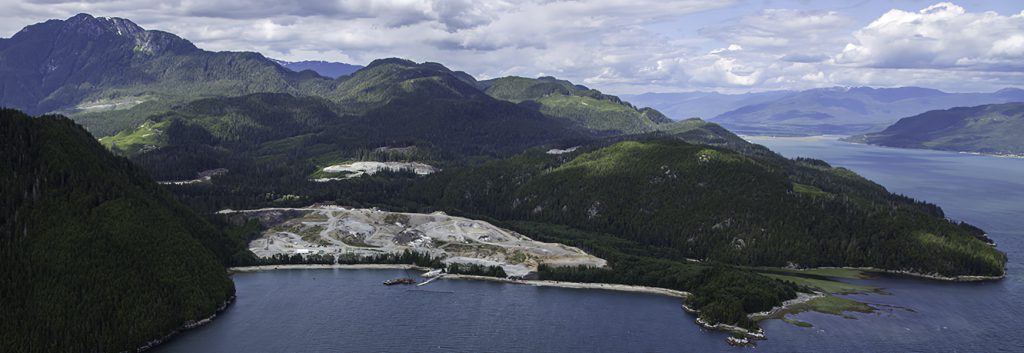And then there was one

Chevron pulls out of Kitimat LNG Project leaving only Shell LNG Canada
By Bruce Lantz
Chevron Canada Ltd., the Canadian arm of California-based Chevron Corp. [CVX-NYSE], recently announced it would stop funding its proposed Kitimat LNG Project on British Columbia’s north coast after trying for 15 months to sell its 50% share. That leaves Shell’s LNG Canada as the only viable project.
But experts warn against too much negativity.
“As the globe emerges from the uncertainty related to Covid,” said Mark Pinney, markets and transportation manager for the Canadian Association of Petroleum Producers. “Other investors may now be encouraged to step in and participate in a project like Kitimat LNG that is fully permitted and ripe for development, due to Western Canada’s relative geographic proximity to the growing Asian market and to our ability to produce LNG with significantly lower GHG emissions than other jurisdictions.”
The other partner in Kitimat LNG, Australia’s Woodside Petroleum Ltd. [WPLAX-ASX], issued the following statement to Resource World: “Woodside continues to work with Chevron to find a mutually acceptable solution that enables the project to progress and Chevron to exit. Woodside is continuing to work with our stakeholders to improve the cost competitiveness of the proposed project.” However, they have not disclosed a project budget.
“Kitimat LNG has significant advantages, including the potential to be the world’s cleanest LNG project using renewable power from abundant Canadian hydro sources, strong upstream supply options and proximity to growing export markets in North Asia,” the statement continued.
Kitimat LNG, capable of 2.3 billion cubic feet per day of exports, was included as part of a Chevron asset impairment charge of US$2.2 billion in 2019, while Woodside also reported a write-down in its stake of US$720 million the same year.
The project includes natural gas producing assets in northeastern British Columbia, particularly in the Horn River and Liard Basins, a proposed 471-kilometre Pacific Trail Pipeline, and the liquefaction and export terminal at Bish Cove near Kitimat. At one time about 20 LNG terminals were proposed for Canada’s west coast but Shell Canada’s $40-billion LNG Canada project is the only one to reach the construction stage.
Now the Haisla First Nation is working to obtain regulatory approval for a C$2-billion LNG export terminal in Kitimat with capacity to export up to 500 million cubic feet per day.
Key to Canada’s net zero emissions goal is B.C.’s LNG industry, and LNG Canada’s plan to be the lowest-emitting producer in the world is getting international attention of investors. But in recent months, investment has drained away from Canada after years of international protest targeting Alberta’s oil sands and B.C.’s natural gas production.
“Given the large scale of the natural gas resources in Western Canada, access to global markets through LNG export development is essential if these resources are to be developed to their full potential,” said Pinney. “While the liquids-rich Montney play is a prime development opportunity that producers are already realizing today, development in the Horn River and Liard Basins likely require access to global markets to approach the economics offered by the Montney.”
Canada’s LNG setbacks aren’t expected to greatly affect its natural gas producers because there is sufficient pipeline capacity and demand to continue to supply markets in Eastern Canada and the U.S. The International Energy Agency projects natural gas will increase 15% by 2030 and 30% by 2040, driven by increasing global demand for energy and the fact that natural gas is a complement to renewable power.
“The Canadian LNG industry can become an important source of much-needed jobs while helping to reduce global emissions by displacing higher-emission energy sources, such as coal, in high-demand markets including Europe and Asia,” Pinney said.
“As we look toward post-pandemic prosperity and a sustainable energy future, having the capacity to export LNG off of Canada would support our economic recovery and strengthen Canada’s environmental leadership.”
